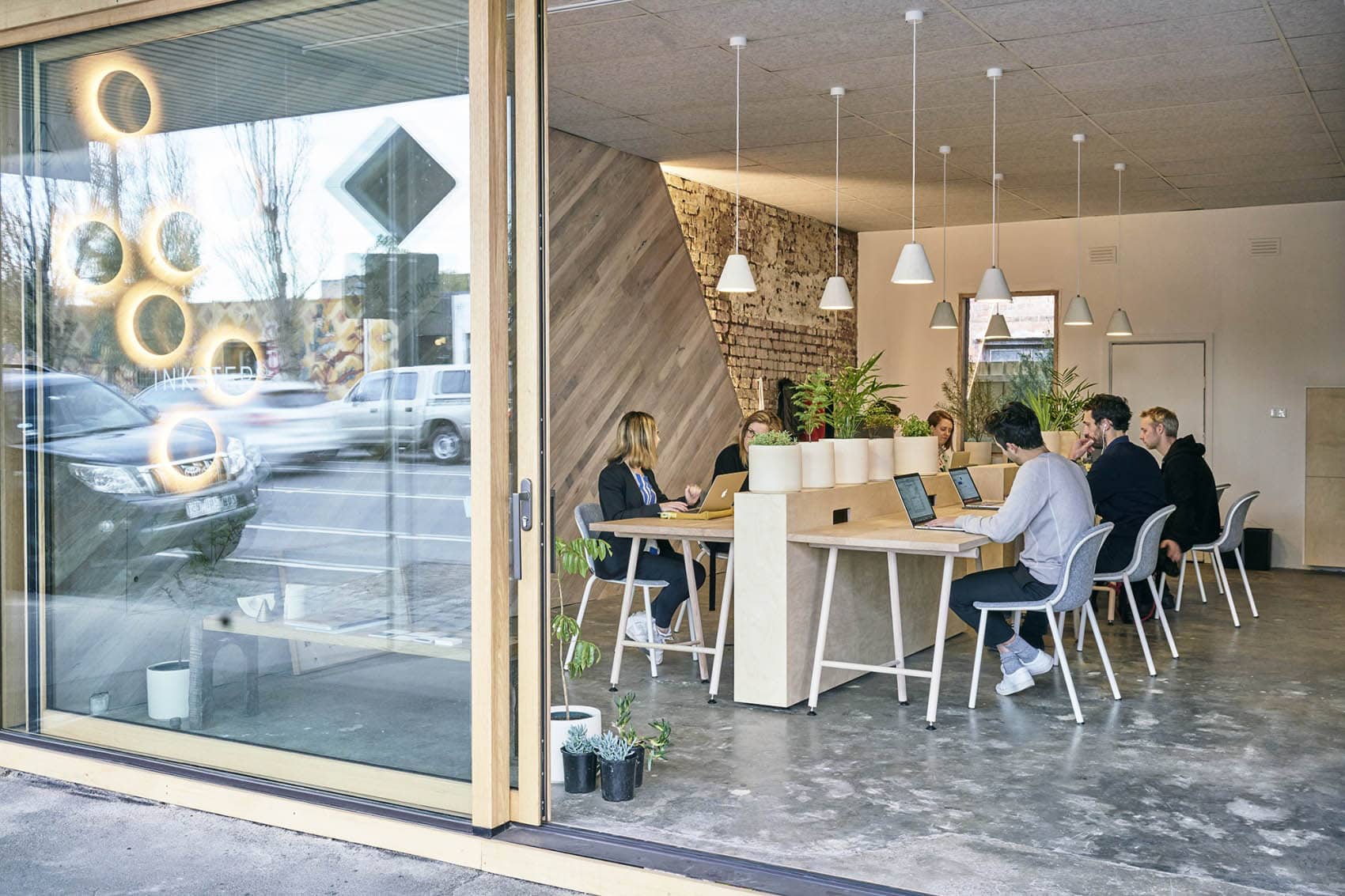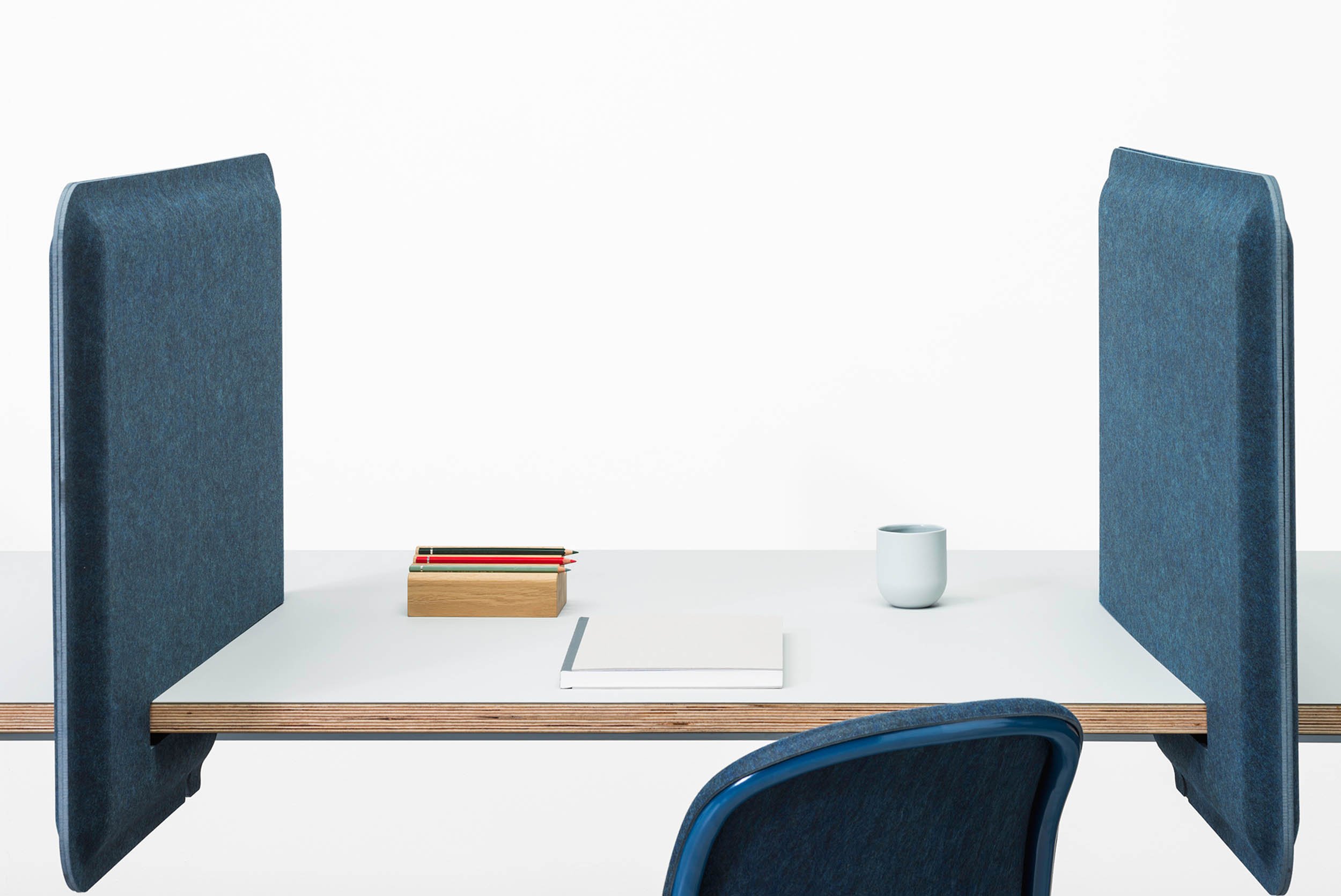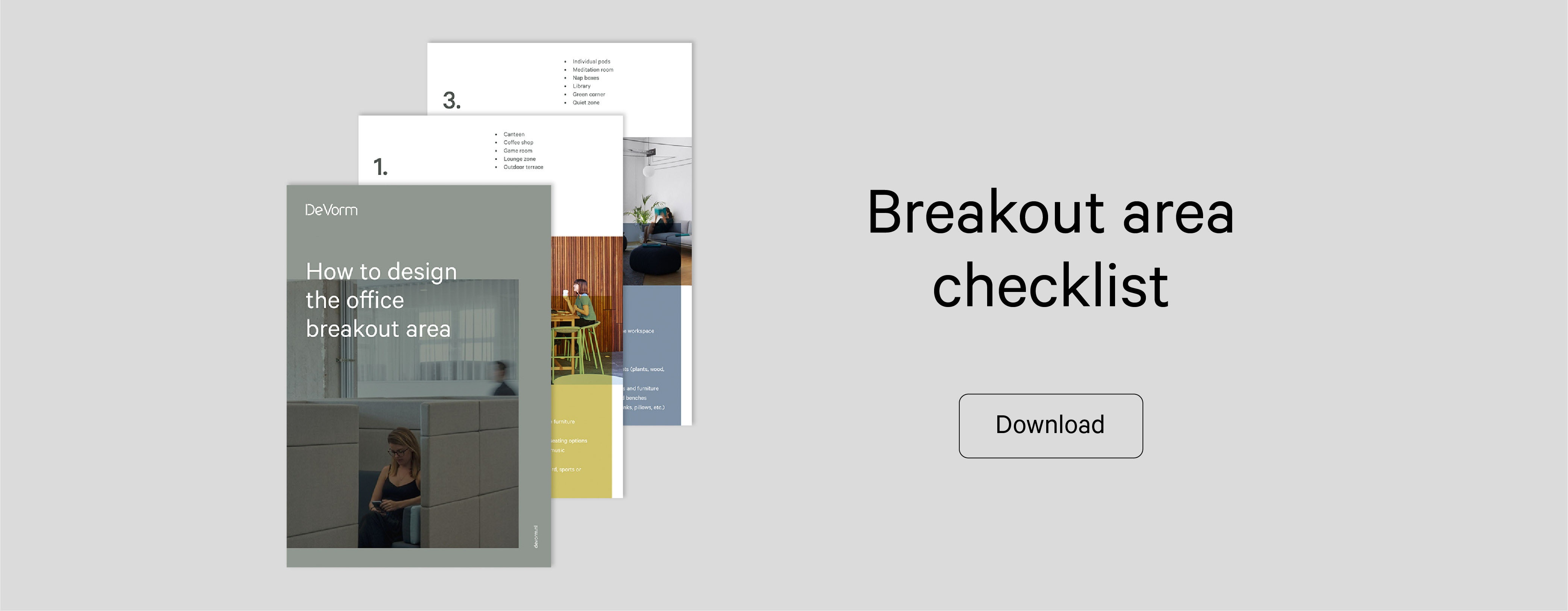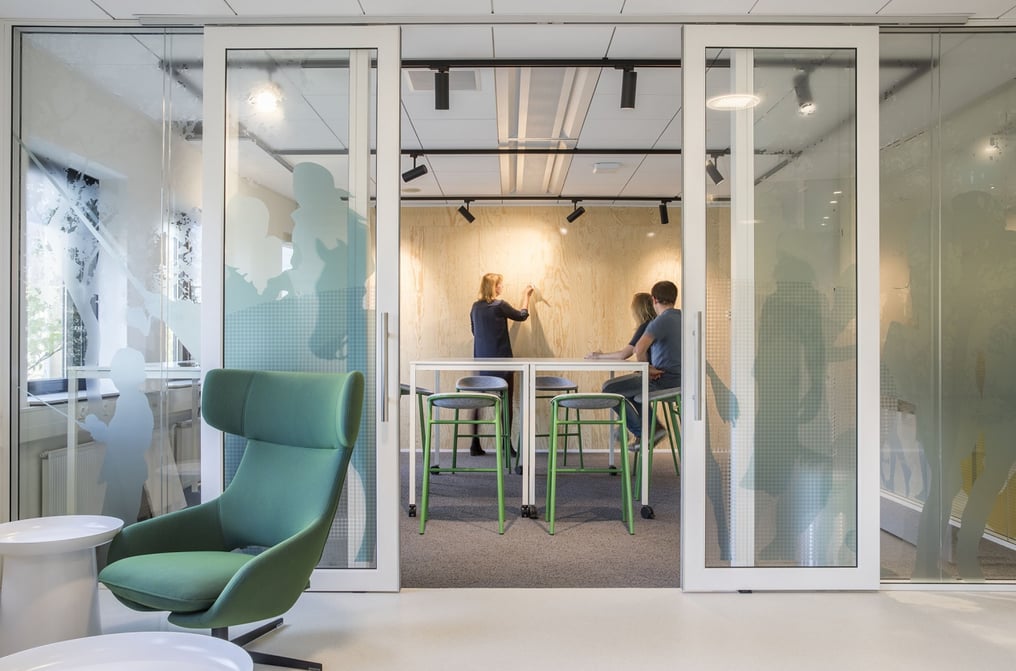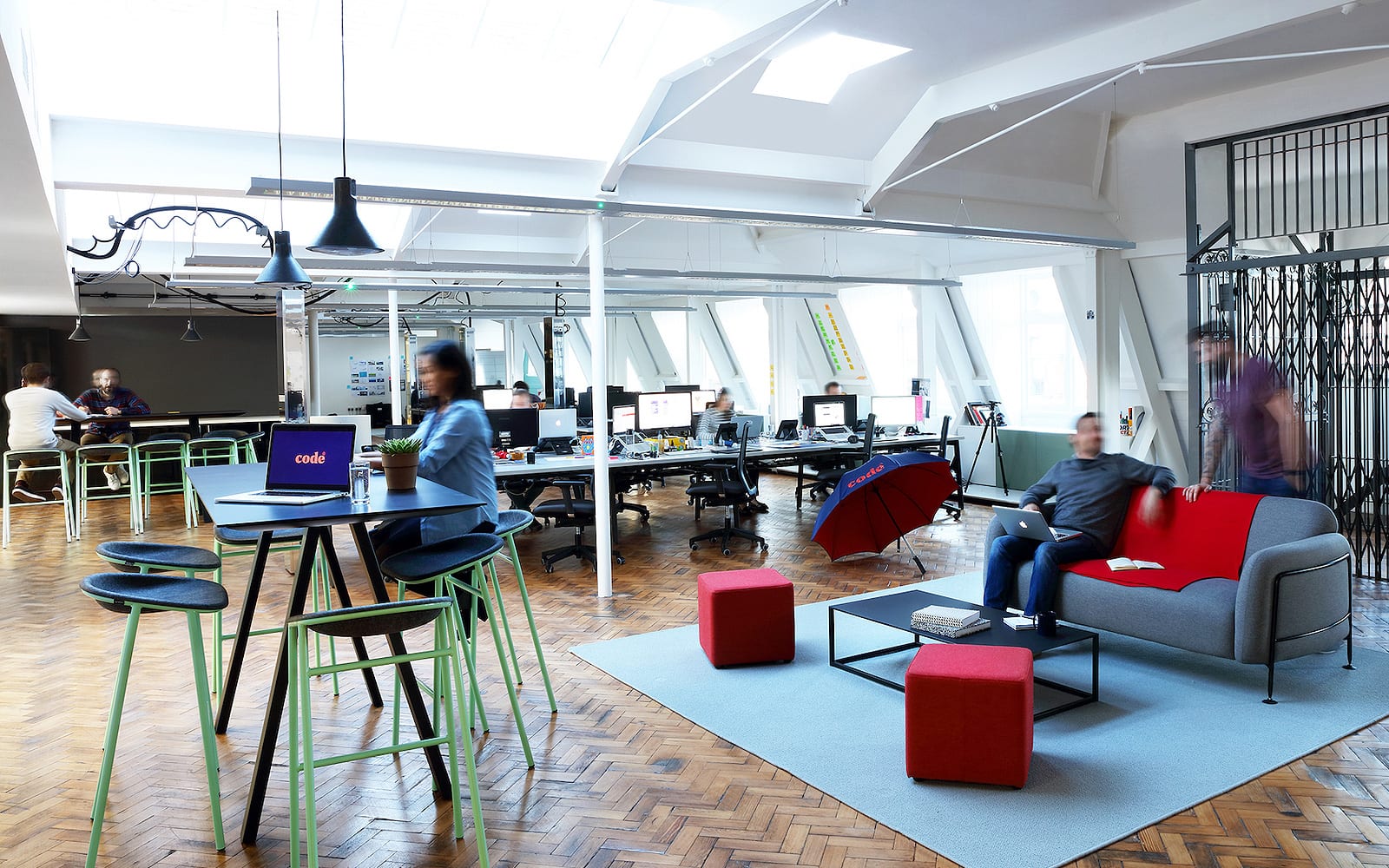Journal
5 Hacks for Surviving the Open Office
If you are an architect, designer or got a different creative occupation, chances are you are reading this in an open-plan office. If that is not the case, chances are you used to work in one, going to work in one or working on ideas for one. Disclosure: This is written in an open office, so we are in this together. In this article, we gathered our own tips on surviving the open office and added some from the worldwide web.
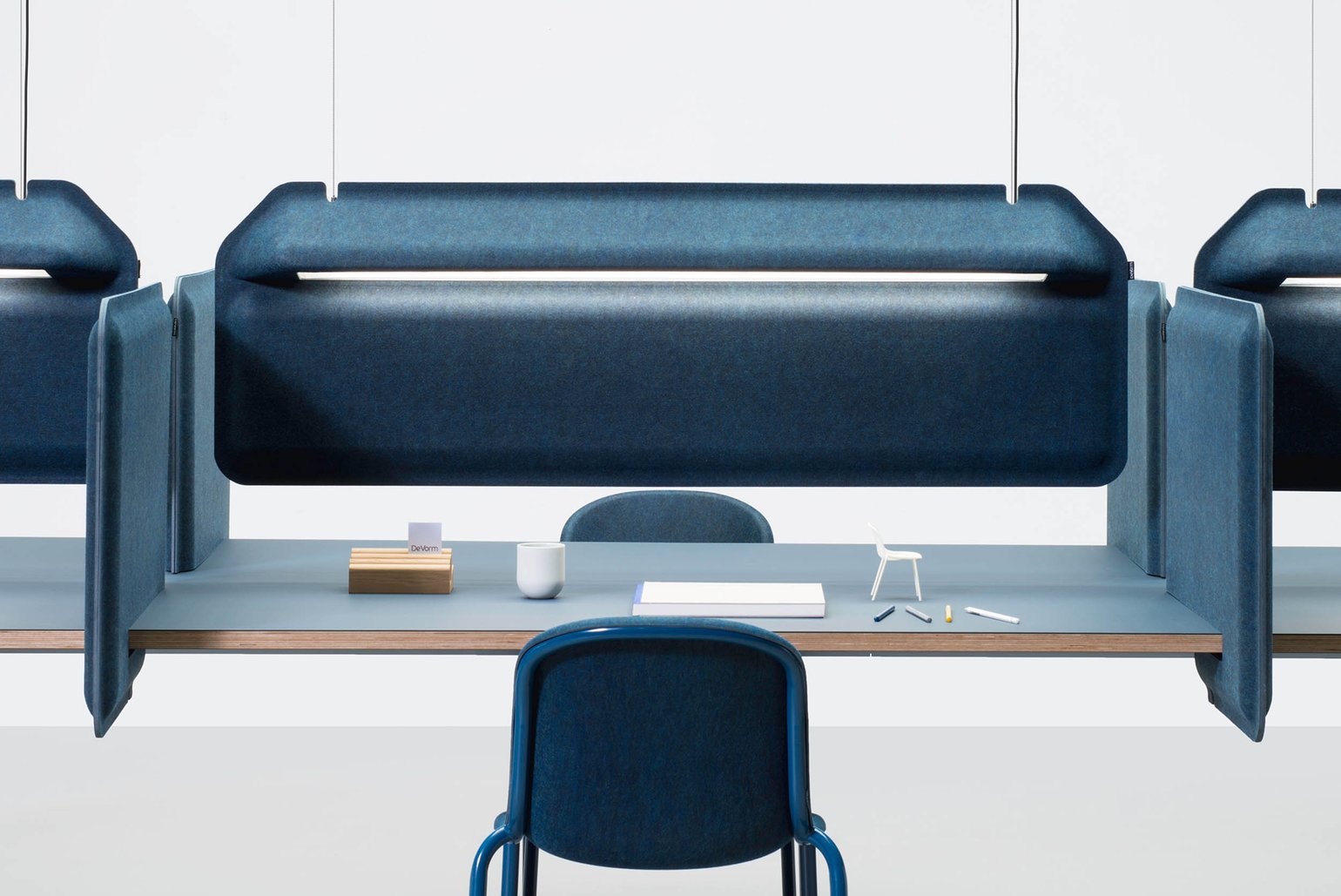
The biggest distraction at work isn’t social media, the printer or your smartphone; it’s other people. It doesn’t matter if they speak with you directly, talking on the phone or chat with someone else. Our brains are set to focus on the sound of other humans. So whenever there is someone talking, we lose focus. This is the number-one problem of the open office environment. As harsh as it might sound, blocking other people and the distractions they cause is the most important tip on surviving an open office.
Introduce silent hours to get work done
To be honest, we also struggled with this. We share an open workspace with around 30 people and it is a lot of fun. But we also need to get work done and you sometimes need a couple of hours to focus. That can be challenging in an open office plan. So next to acoustic measures we introduced Focus Time.
Every morning from 08:30 until 12:00, talking, calling and meetings are kept at a minimum. Although some people giggled at Focus Time when introduced, now you can hear a pin drop in the morning. People are also pointing out to others that it is time to focus. In the afternoon the music and the normal office hum get back on. And that is fine, now we get to enjoy normal office life and also get the work done.
Invest in good headphones
Besides rules and etiquette, it won’t hurt to invest in some good (wireless) headphones. We would recommend a wireless one for work because why would you want wires? There are basically two choices:
- • A normal headphone
• A noise-cancelling headphone
A normal headphone is fine for most people but if you really can’t focus, you might want to try a noise-cancelling analogue. For most such headphones, noise-cancelling is optional by the way, so you can also use them as regular headphones.
So, what is a good headphone? We can advise you on a lot but not on the right headphone. Luckily, there is a nice website called Wirecutter that can help. Here you find:
- • The best Bluetooth wireless headphones
• The best noise-cancelling headphones
• The best headphones under $200
So now you got a great pair of headphones, but what are you going to listen to? It seems logical to say music, but that can be a distraction too. We’ve listed several music/sound options for optimal focus.
- • Spotify
Spotify is much more than a giant music library. They also offer a lot of playlists that are made to help you focus.
• Brain.fm
“Brain.fm holds patents on key processes for creating functional music, including technology to elicit strong neural phase-locking—allowing populations of neurons to engage in various kinds of coordinated activity—and technology to remove distraction in sound.” Give it a try!
If you prefer music at work, a study showed that, for best results, it is recommended to listen to classical music if you’re dealing with numbers; pop music for data entry or deadlines and dance music when proofreading or problem-solving.
Busy beacons
Headphones also function as office traffic lights. When someone is wearing one, that person is in do-not-disturb-mode. Unless it is really urgent, you leave your colleague alone or send an email.
But sometimes you just want to listen to some music and it is all right if somebody bothers you. There are actual busy beacons for your desk to signal other people you’re busy. We can’t speak from experience but if you are using something like this, we would like to know if it works for you. It worked out for this Latvian company, so there might be something to it.
Build your own cubicle
This might sound drastic but it is actually pretty easy to get some on-demand privacy. With workplace dividers and room dividers, you can create a room within a room in minutes, without having to redesign the entire office. Plants are also a great option to get some privacy. Being around plants is a good thing anyway since they provide fresh air and reduce stress.
Plants and workspace dividers might not be possible in every case. Every open office floor plan should have breakout areas. A place between work and home where people can sit back, relax or have a talk over some coffee. It really helps to get away from your desk and change your surroundings.
Hack the meeting rooms
If you are not a plant person and if the idea of taking care of plants stresses you out, and there aren’t any third places in your office, there is still a way to get some privacy. Surely you have meeting rooms in your building or office. Nobody said they are only for groups. So, if there is a project that requires some focus time, book a meeting room for yourself. It is like having a real office, for a couple of hours at least.
5 Reddit tips on how to survive the open office
Of course, there is a Reddit-thread on this subject. It is quite long and we’ve done some research, and got the best tips from the Reddit community. If you feel like researching yourself, here is the whole thread.
- 1. Fill your desk with anime merchandise until people stop approaching you.
2. Stop showering. People will keep their distance.
3. Get a Varidesk standing desk. Raise it to its max height. Hang your monitors underneath it. Hang posters from the desktop. Sit under the desktop. Presto! Instant micro office!
4. Mechanical keyboard. Dot-matrix printer. Crazy Frog phone ringtone. Eat lots of beans and legumes. Reheat fish for lunch.
5. Apart from the noise-cancelling headphones — I set up a script that remotely turns down the volume of remote computers in small increments. This helps in at least two aspects; 1, it reduces the noise from Internet radio and 2, they haven't figured out it's happening, so I am even happier.
Last but not least, Panasonic is working on blinkers for humans to help people focus. A noble idea but just as the cubicle was meant to set people free and did the opposite, these blinkers might be used by managers in the same way. It is just a concept for now and judging on the comments, it might be better if it stayed a concept.
